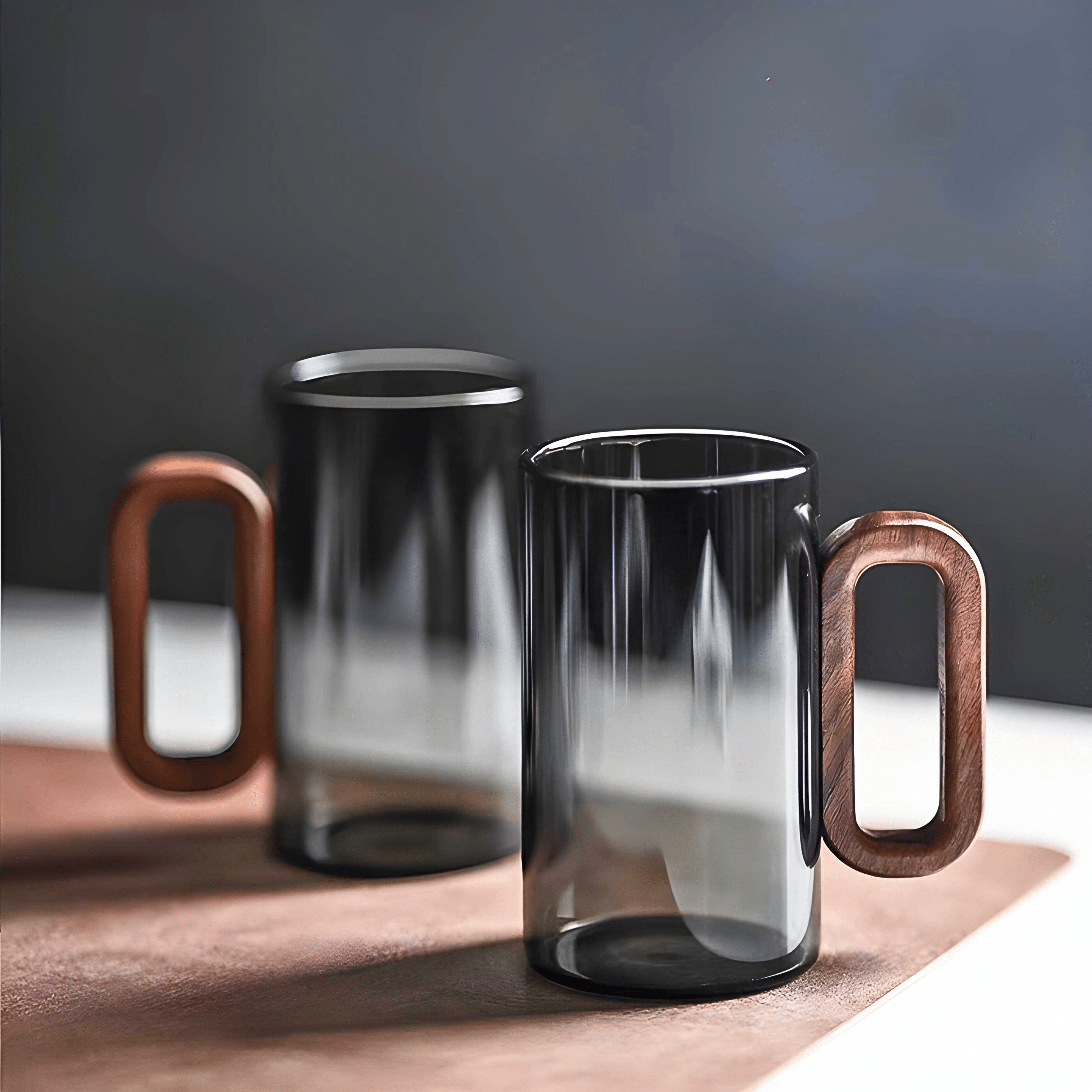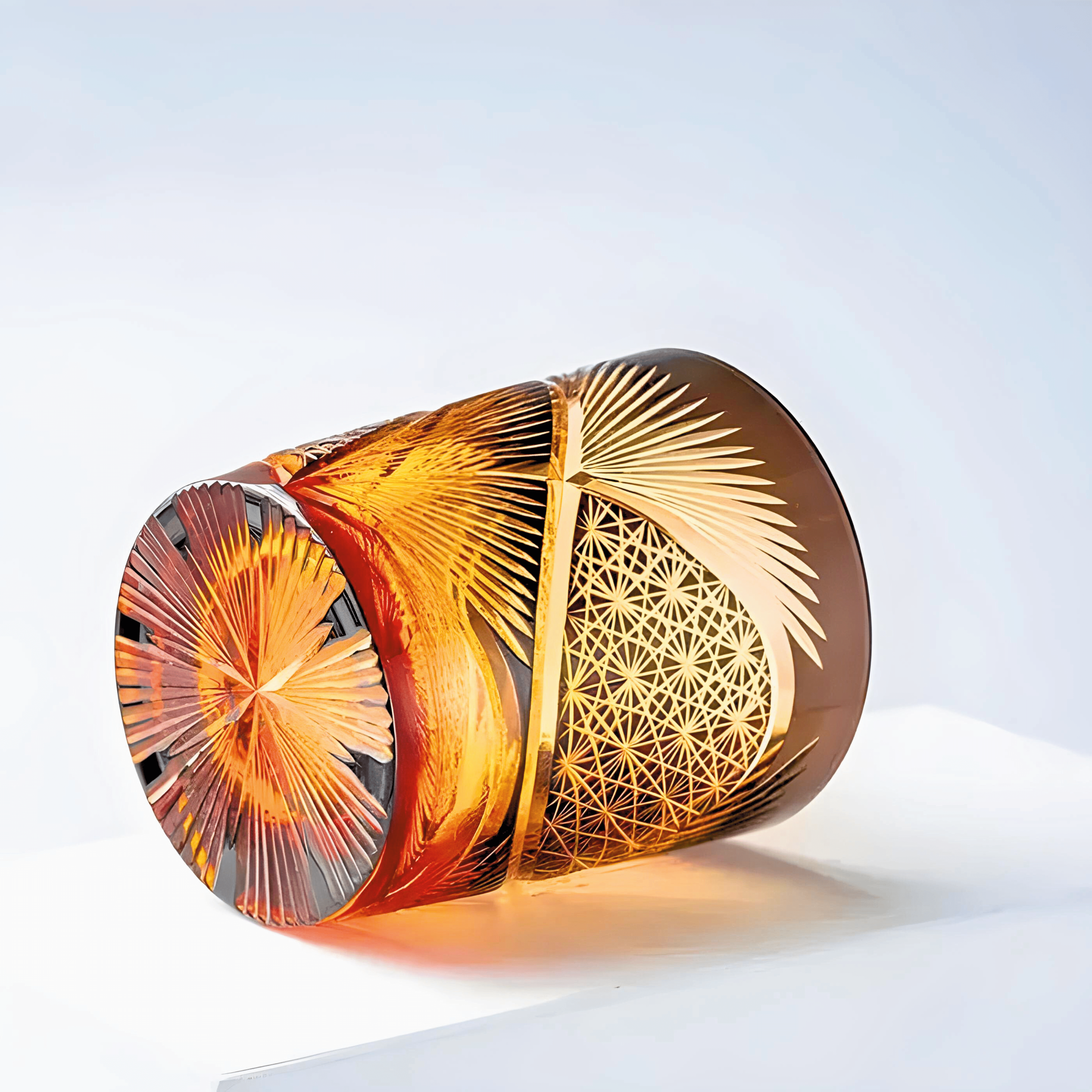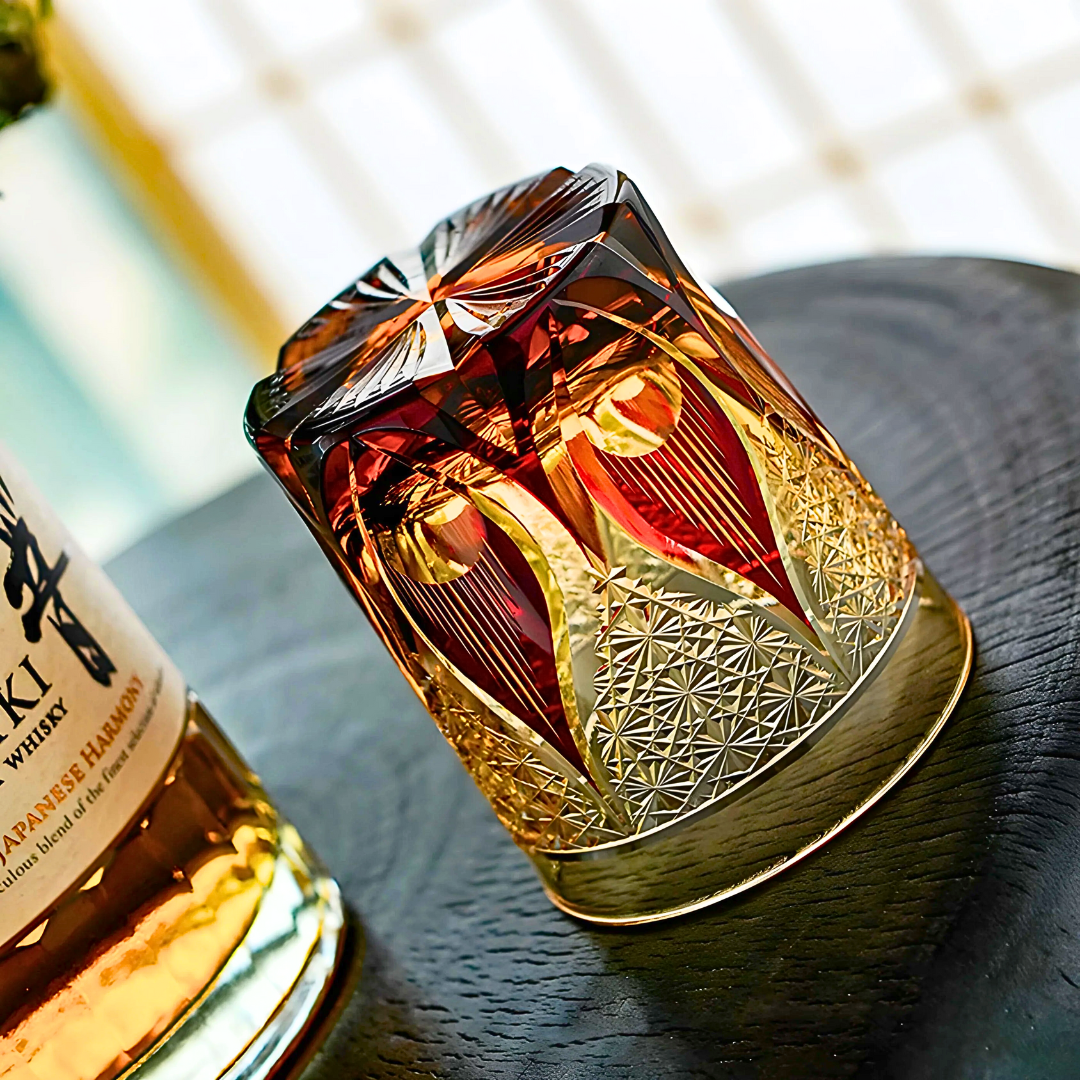The evolution of coffee culture can be understood through three distinct waves, each marking a significant shift in how we consume, appreciate, and experience coffee.
Today, we find ourselves in the era of Third Wave Coffee , a movement that elevates coffee to an artisanal level, focusing on quality, sustainability, and the unique story behind each cup.
To fully grasp the significance of this third wave, it's important to first understand the first and second waves of coffee.
In This Article
What is Third Wave Coffee?
The coffee world has grown through three main waves. Each wave has its own special focus and traits. The first wave made coffee easy to get and use for everyone. The second wave focused on quality, with specialty coffee shops and a better coffee experience.
Now, we're in the third wave. It's all about the unique flavors and diversity of specialty coffee. This era loves the story behind coffee beans, how they're made, and how they're roasted. It also values precise brewing to highlight coffee's special tastes.
The Evolution of Coffee Culture
The first wave of coffee started in the late 1800s. It made coffee cheap and easy to find. Folgers and Maxwell House became well-known, making coffee a common item in American homes.
The second wave came in the 1960s and 1970s. It was all about quality and enjoying coffee. Specialty coffee shops like Starbucks introduced new coffee types and brewing ways. This wave also brought the "coffee snob" culture, where people loved to learn about coffee's different flavors.
Defining Characteristics of Third Wave Coffee
- Single-origin beans: Third wave coffee highlights the unique tastes of beans from specific places and farms.
- Artisanal roasting: Roasters in this wave use special techniques to enhance each bean's flavor.
- Precision brewing: Third wave coffee lovers use special brewing methods to get the most out of coffee's flavors.
The third wave of coffee celebrates the variety and complexity of specialty coffee. It focuses on the coffee's origin, roasting, and brewing. This way, coffee lovers can enjoy a wider range of tastes and smells.
The Pursuit of Quality
The specialty coffee movement is all about quality. Roasters and baristas work hard to find the best coffee beans. They use special roasting and brewing methods to bring out the coffee's unique flavors and smells.
Finding the perfect coffee starts with choosing top-notch beans. Roasters go to the best coffee-growing places and work with farmers to get quality and sustainability. They roast the beans carefully to reveal their special tastes.
Baristas then use their skills to make the coffee shine. They control the water temperature and flow, and pick the right brewing tools. Every detail is important to make a great cup of coffee.
"The pursuit of quality in specialty coffee is a relentless and passionate endeavor, driven by a collective desire to elevate the art of coffee-making and share the incredible flavors that nature has to offer."
This focus on quality makes third wave coffee stand out. It's different from the coffee made for mass production. Roasters and baristas help people enjoy the rich flavors and unique qualities of coffee.
Roasting Technique |
Flavor Profile |
|---|---|
Light Roast |
Bright, Delicate, Nuanced |
Medium Roast |
Balanced, Complex, Smooth |
Dark Roast |
Rich, Robust, Intense |
The third wave coffee movement has changed how we enjoy coffee. Every step, from picking beans to brewing, is done with a focus on quality. This ensures each sip is a true taste of the coffee's character and complexity.
Shop Coffee Glasses
Artisanal Roasting Techniques
The third wave coffee movement values the art of roasting deeply. Skilled roasters use careful techniques to bring out the unique flavors and aromas of specialty coffee beans. They often choose light and medium roasts to keep the coffee's natural taste.
By watching the roasting process closely, they unlock the coffee's complex notes and subtle flavors. This makes the coffee's taste truly unique.
Light and Medium Roast Profiles
Third wave coffee roasters focus on keeping the natural flavors of the bean. They prefer light and medium roasts to let the coffee's natural nuances shine. Light roasts highlight the bean's unique origin, while medium roasts balance sweetness and complexity.
Preserving the Bean's Unique Flavors
The secret to bringing out specialty coffee's full flavor is in the roaster's attention to detail. They monitor the bean's temperature, roast time, and development. This ensures each sip reveals the bean's true character.
Roasting Technique |
Flavor Profile |
Acidity Level |
|---|---|---|
Light Roast |
Delicate, nuanced flavors |
High |
Medium Roast |
Balanced, with subtle complexities |
Medium |
Dark Roast |
Bold, intense flavors |
Low |
Coffee roasting is a mix of science and passion. Skilled roasters craft each batch to bring out the best in the bean. By choosing light and medium roasts, they keep the coffee's unique flavors and aromas alive.
"The true essence of a coffee bean is revealed in the hands of a skilled roaster."
Single-Origin and Micro-Lot Coffees
In the world of third wave coffee, fans love the variety and details of single-origin and micro-lot coffees. These beans come from specific places, farms, or even single lots. They let us dive deep into the coffee's environment and its special flavors.
These coffees offer a chance to enjoy unique smells, tastes, and traits. Each single-origin coffee and micro-lot coffee has its own story. They show the coffee's personality, unlike the blends of old.
From Kenya's tropical flavors to Ethiopia's floral notes, these coffees are a treat for the senses. Every sip reveals more, showing off the coffee's terroir, how it was made, and the care in growing it.
"The beauty of single-origin and micro-lot coffees lies in their ability to transport you to the very soil and climate where they were grown. It's a chance to taste the land itself, in every captivating sip."
By trying these specialty coffees, fans not only grow their taste but also support the growers. The third wave coffee movement is all about quality and truth. It invites us to explore and appreciate coffee in a new way.

Brewing Methods for Third Wave Coffee
In the world of third wave coffee, brewing is an art. Skilled baristas use pour-over and immersion brewing to bring out the best in specialty coffee beans. These methods let the coffee's flavors and aromas shine, giving coffee lovers a rich experience.
Pour-Over Brewing: A Precise Pour
Pour-over brewing is all about patience and precision. Baristas control the water flow and temperature, pouring it over the coffee in a circle. This slow process brings out the coffee's flavors, making each sip clean and balanced.
Immersion Brewing: Extracting Maximum Flavor
Immersion brewing, like French press or Clever Dripper, soaks the coffee grounds in hot water. It pulls out a deeper, richer flavor, making the coffee smooth and full-bodied.
These coffee brewing methods are key to the third wave of coffee. They use top-notch equipment and barista skills. This focus on the beans and brewing process lets pour-over coffee and immersion brewing stand out. It gives coffee lovers a unique and enhanced experience.
The Rise of Specialty Coffee Shops
The growth of specialty coffee shops has been a key factor in the third wave coffee movement. These places, run by coffee lovers, are centers for exploring specialty coffee. They offer unique roasts and expertly made drinks, making them top spots for coffee lovers.
At the heart of this trend are specialty coffee shops. They focus on quality and craftsmanship. They source top beans, roast them carefully, and brew them with great detail. These shops are havens for coffee lovers, offering a journey through specialty coffee.
One key aspect of specialty coffee shops is their dedication to transparency and education. Baristas are well-trained and eager to share their knowledge. They help customers understand the differences in coffee origins, roast levels, and brewing methods. This education enriches the coffee experience, deepening the appreciation for each cup.
Specialty Coffee Shop |
Unique Offerings |
Location |
|---|---|---|
Blue Bottle Coffee |
Single-origin beans, pour-over brewing |
San Francisco, CA |
Intelligentsia Coffee |
Rotating micro-lot offerings, direct trade relationships |
Chicago, IL |
Stumptown Coffee Roasters |
Cold brew, nitro cold brew |
Portland, OR |
The rise of specialty coffee shops has changed the coffee scene. These places have educated consumers about specialty coffee, boosting demand for quality beans and sustainable farming. As the third wave coffee movement grows, these shops will continue to shape coffee culture.
Third Wave Coffee: A Sensory Experience
Exploring the world of coffee tasting and coffee flavor profiles is an adventure for your senses. Each sip of third wave coffee brings out complex notes. You'll find everything from floral aromas to chocolate undertones.
Baristas and roasters work hard to highlight each specialty bean's unique taste. They use special roasting and brewing techniques. This brings out the coffee's true character and complexity.
Uncovering the Flavor Profiles
Third wave coffee offers a wide range of coffee flavor profiles. Each coffee has its own taste, from fruity to earthy. As you taste, you might find notes of citrus, berries, chocolate, and more.
- Citrus fruits, such as orange or grapefruit
- Berries, like blueberry or raspberry
- Chocolate, caramel, or nutty undertones
- Floral or herbal accents
- Subtle spice notes, like cinnamon or clove
By focusing on these coffee tasting notes, you can discover each coffee's unique character. You'll see the skill that goes into making it.
"In every cup of third wave coffee, there's a story waiting to be discovered."
Whether you love coffee or are just starting, third wave coffee will amaze you. It's a journey that will make you love the perfect cup even more.
Fair Trade and Sustainable Practices
The third wave coffee movement focuses on fair trade and sustainable practices. Roasters and coffee experts work with farmers to ensure fair wages and ethical sourcing. They also promote green growing and processing methods.
This approach benefits farmers and communities. It also ensures a quality, ethically sourced coffee for us.
Fair trade certification is key in the third wave coffee world. It makes sure farmers get a fair price for their coffee. This helps improve their lives and supports social and economic growth.
It also brings transparency and accountability to the supply chain.
Sustainable practices are just as vital. Third wave coffee roasters aim to reduce their environmental impact. They use energy-saving gear, cut down on waste, and support eco-friendly farming.
Fair Trade Practices |
Sustainable Practices |
|---|---|
|
|
The third wave coffee movement ensures a top-notch product. It also helps coffee-producing communities and the environment. This approach makes the coffee experience better, offering a taste that's delicious and responsible.
"The future of coffee lies in sustainable, equitable, and transparent practices that empower producers and protect the environment."
The Science Behind the Perfect Cup
Making the perfect cup of third wave coffee is a mix of science and art. Baristas and roasters spend a lot of time perfecting their craft. They focus on water temperature, how long to extract, and the bean's chemical makeup.
This knowledge of coffee chemistry helps bring out the best in specialty beans. It makes sure every sip is a special moment for coffee lovers.
The science of great coffee involves the complex compounds in the bean. It's about the aroma and flavor, and how to extract them just right. Baristas and roasters pay close attention to water pH, brew time, and bean freshness.
This attention to detail makes sure the coffee's unique qualities shine. It's a way to celebrate the coffee's essence.
Third wave coffee lovers use science to make coffee better. They keep trying new things and love the small details of the bean. This approach makes coffee more than just a drink; it's an experience.
Whether it's a light roast with floral notes or a dark roast with chocolatey flavors, the science is what makes it special. It shows the hard work and love of the third wave movement.
Frequently Asked Questions
What is the difference between first wave, second wave, and third wave coffee?
The three waves of coffee show how coffee culture has grown over time:
- First wave coffee made coffee easy to get and use.
- Second wave coffee focused on quality and the coffee experience. It brought specialty coffee shops and better roasting.
- Third wave coffee highlights the variety and quality of specialty coffee. It focuses on single-origin beans, artisanal roasting, and precise brewing.
What are the defining characteristics of third wave coffee?
Third wave coffee is known for:
- Using single-origin and micro-lot specialty beans.
- Artisanal roasting that keeps the coffee's unique flavors.
- Using precise brewing methods to show off the coffee's qualities.
- Focusing on the coffee's complex flavors and notes.
- Commitment to fair trade and sustainable coffee.
How do third wave coffee roasters and baristas pursue quality?
Third wave coffee experts aim for the best. They source top specialty beans, use careful roasting, and precise brewing. This dedication makes every cup special and lets coffee lovers enjoy the coffee's complex flavors.
What are the key artisanal roasting techniques used in third wave coffee?
Third wave roasters use special techniques to bring out the coffee's flavors. They often roast beans lightly or medium to keep their natural taste. By carefully watching the roasting, they get the coffee's unique notes and subtleties.
What is the appeal of single-origin and micro-lot coffees in the third wave?
Coffee lovers enjoy single-origin and micro-lot coffees for their variety and depth. These beans come from specific places, offering a taste of their terroir. This lets coffee fans explore different flavors and aromas.
What brewing methods are popular in the third wave coffee movement?
The third wave loves precision brewing. Baristas use pour-over and immersion brewing to get the best flavors from specialty beans. This careful brewing, along with quality equipment, makes the coffee experience unique.
How have specialty coffee shops contributed to the third wave coffee movement?
Specialty coffee shops have driven the third wave. These places, run by coffee lovers, offer a wide range of specialty coffee. They focus on quality roasts and expertly made drinks, making them a must-visit for coffee fans.









